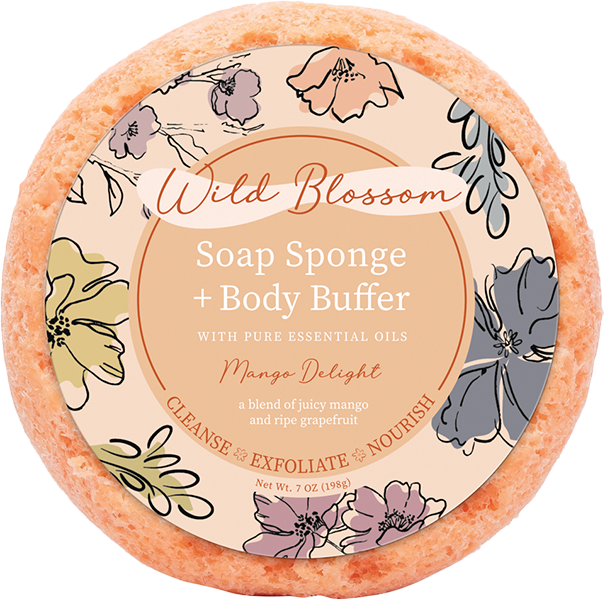Retail crime costs stores $3B per year
At CVS drugstores, razors are stored in dispensers that allow you to take just one package at a time. At Toys “R” Us, the only way to return an unwanted toy is with a dated receipt. At Macy’s, you might have to present a photo ID to make a credit card purchase.
These little inconveniences are signs of a national problem that is gaining attention much as identity theft did nearly a decade ago: organized retail crime. Unlike shoplifters who steal for personal use, theft rings plot to steal and resell the merchandise. Their tactics are increasingly sophisticated, costing retailers more than $30 billion a year. In Florida, stores lose $3 billion to $5 billion annually.
Consumers are paying more for products and increased security. Some experts call retail theft a hidden tax and estimate each U.S. household pays at least $300 per year to help cover the cost of stolen items. Shoppers also unwittingly fuel the problem by seeking bargains at flea markets, pawn shops and online auction sites – places where sales of stolen goods often go undetected.
“It probably happens more than we’re aware of,” Florida Attorney General Bill McCollum said of organized retail theft. “I don’t think we’re always going to catch it or know it.”
Organized retail crime has become such a threat that some major retail companies are putting aside competitive pressures to fight a common enemy and push for tougher laws. The unprecedented collaboration led to the April launch of a new online database designed to track retail crime across the country. And this week, more than 2,600 investigators and retailers will gather at a national conference in San Diego to look for ways to stem the crime.























